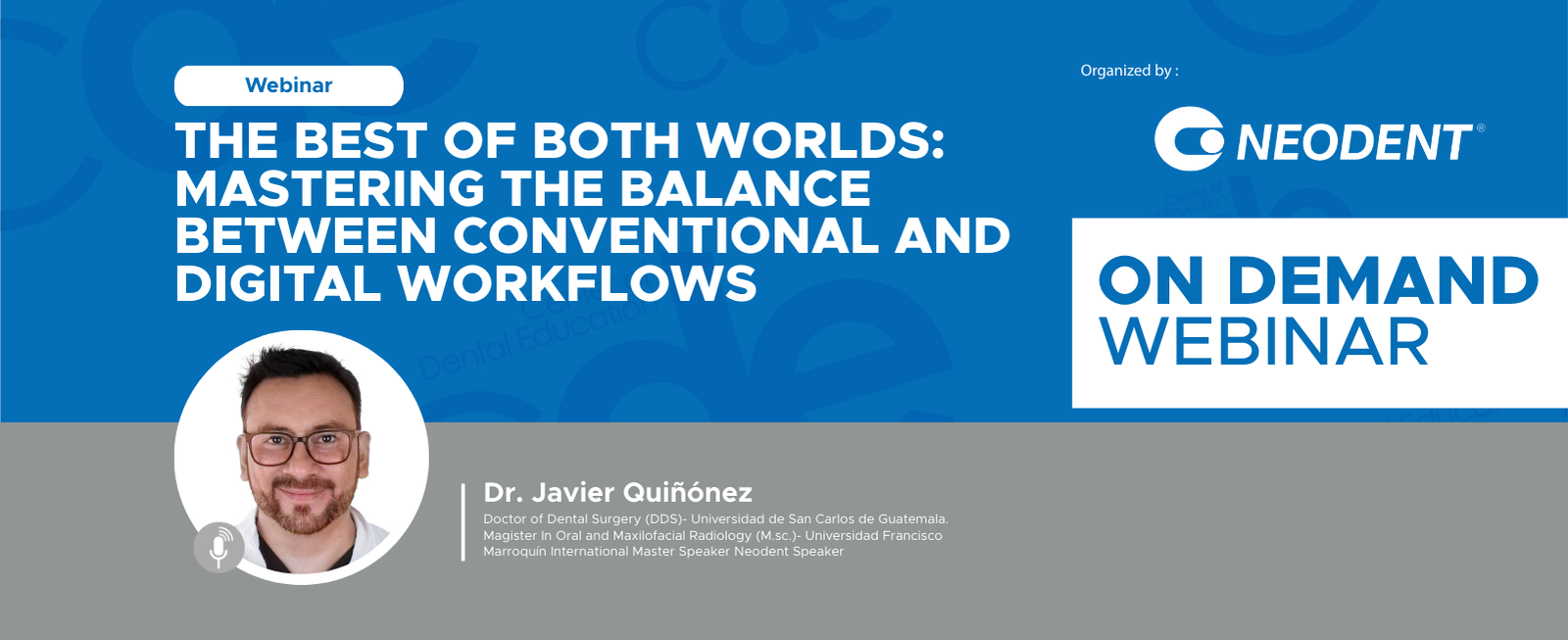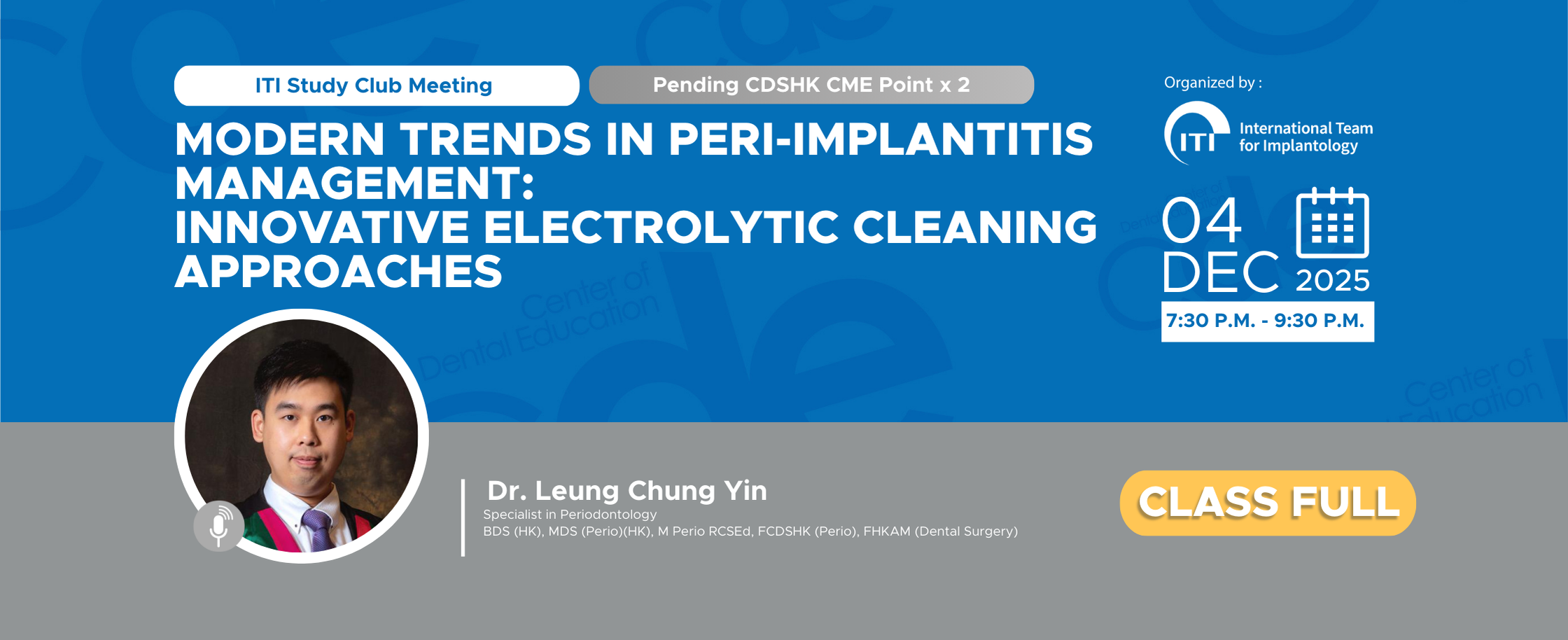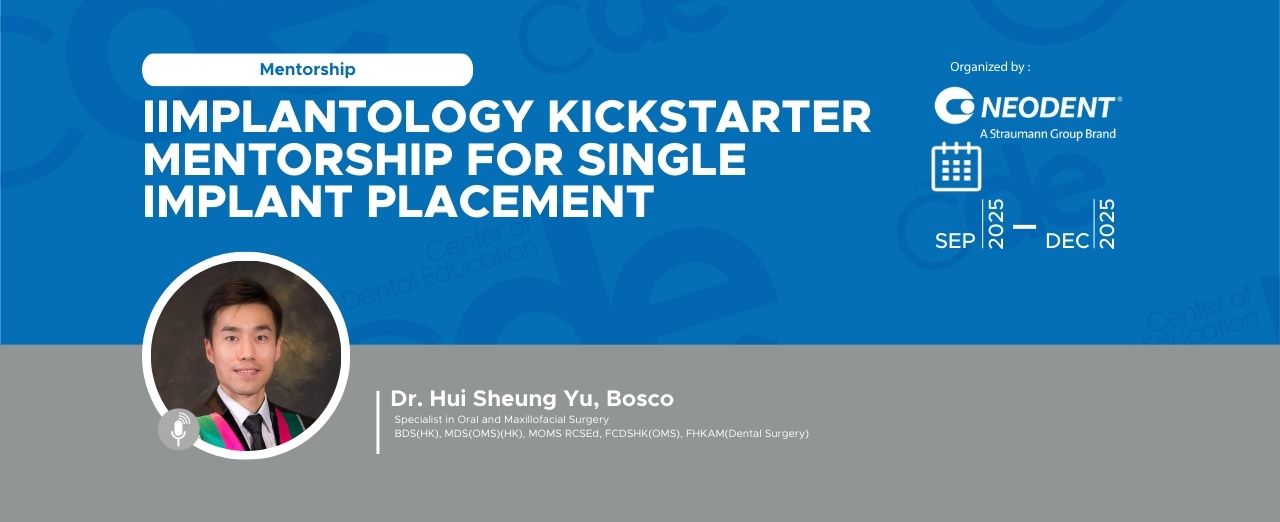Is Digital Dentistry Reaching The Tipping Point?
14 Apr 2025

Is Digital Dentistry Reaching the Tipping Point?
Introduction
Digital dentistry encompasses a wide array of technologies that have been under development for several decades. Tools such as Cone Beam Computed Tomography (CBCT), intraoral scanners, 3D printing, CNC milling, and navigation systems have revolutionized the field by providing detailed insights and precise tools for treatment planning and execution. Early adopters of these technologies encountered significant challenges, primarily due to compatibility issues among different data formats and systems. However, continuous advancements have largely resolved these compatibility issues, leading to more integrated and cohesive digital workflows. Nowadays, the seamless integration of CBCT, oral and face-scanning files can easily generate a life-like digital clone of the patient (Figure 1). As digital technologies continue to evolve, their penetration rates are gradually increasing. For instance, a panel survey conducted by the American Dental Association in 2021 revealed that 53% of respondents had integrated intraoral scanners into their practices 1.
While existing technologies are increasingly adopted by clinicians, new technologies are being developed and introduced to the
dental community. Notably, two technological advancements—Robotics and Artificial Intelligence (AI) — have recently made significant impacts on digital dentistry.
Figure 1: Digital clone of a patient is generated by combining data files from CBCT, oral and face scanning.
Robotics 2-4
Robotics is revolutionizing dental implant surgery by enhancing precision, efficiency, and patient outcomes. Advanced robotic systems can now assist surgeons in planning and executing implant procedures with unprecedented accuracy (Figure 2a-c). These robots utilize 3D imaging and AI-powered software to create detailed surgical plans, determining optimal implant placement based on the patient's unique anatomy. During surgery, robotic arms can guide the dentist's movements or even perform certain
aspects of the procedure autonomously, minimizing human error and reducing invasiveness. This technology facilitates smaller incisions, faster recovery times, and more predictable results. Additionally, robotics enables complex procedures to be performed more consistently, potentially making advanced
dental implant treatments accessible to a broader range of patients and practitioners.
Since 2017, robotic systems for dental implantology, such as YOMI by Neocis and Yakebot by YakeBot (Beijing) Technology Co., Ltd., has been introduced in America and China. Robotic surgery can be categorized into six different levels of autonomy based on the degree of control exerted by the robot versus the human surgeon. These levels range from complete human control to full robotic automation. Most FDA-cleared surgical robots are currently at Level 1, with some reaching Levels 2 and 3 autonomy. For example, YOMI belongs to the level 2 whereas Yakebot is level 3. The trend is toward increasing levels of autonomy in surgical robotics, but regulatory frameworks and safety considerations are still evolving to keep pace with these advancements.
Figure 2a: Patient with the tracker and fiducial markers inserted is ready for undergoing autonomous robotic implant surgery.
Figure 2b: Zygomatic implant osteotomy performed autonomously by the robotic arm.
Figure 2c: Screenshot during robotic surgery.
Artificial Intelligence (AI)
With Machine Learning (ML) and Deep Learning (DL), AI is poised to revolutionize digital dentistry by enhancing diagnostics, treatment planning, and patient care. Advanced AI algorithms can analyze vast amounts of dental data, including X-rays, CT scans, and patient records, to identify patterns and anomalies with greater accuracy than traditional methods. This allows for early detection of dental issues such as cavities, periodontal disease, and oral cancers. Moreover, deep learning-based automatic segmentation can be utilized to analyze complex structures and conditions more efficiently (Figure 3) 5, 6.
AI-powered software can assist dentists in creating highly personalized treatment plans by simulating various scenarios and predicting outcomes based on the patient's unique dental profile. These digital replicas of patients enable more accurate simulations and predictions for treatments. AI algorithms can analyze vast amounts of data to identify patterns and predict outcomes, leading to more personalized and effective treatment plans.
Additionally, AI can improve the efficiency of dental practices by automating administrative tasks such as appointment scheduling, billing, and patient follow-ups, allowing dentists to focus more on patient care. With continuous learning capabilities, AI systems can stay updated with the latest research and techniques, ensuring that dental professionals have access to the most current best practices. As AI technology advances, it promises to make dental care more accurate, efficient, and accessible, ultimately transforming the landscape of digital dentistry.
Figure 3: Computer generated Quad Zygoma planning – Algorithm developed by an AI company (DeepCare™).
Challenges and Future Prospects
Despite the significant inroads made by digital technologies in dentistry, the industry has not yet reached a true tipping point of widespread, transformative digital adoption. One of the most significant obstacles to the widespread adoption of digital dentistry is the high initial investment required. Equipment such as CBCT scanners, 3D printers, and robotic systems represent a substantial financial commitment. Additionally, ongoing maintenance and software updates add to the long-term costs. Smaller dental practices may struggle to justify these expenses without a clear and immediate return on investment. Adequate training is essential for clinicians to leverage digital tools effectively. This includes understanding the technology, interpreting digital data, and integrating these tools into everyday practice. Dental schools and continuing education programs are increasingly incorporating digital dentistry into their curricula, but there remains a gap in widespread training and proficiency among practicing dentists.
Despite advancements, achieving seamless integration across different systems and devices remains a challenge. Various manufacturers produce digital dentistry tools, each with proprietary software and data formats. Ensuring that these tools can communicate and share data effectively is crucial for creating cohesive digital workflows.
Conclusion
The tipping point for digital workflow in implant dentistry typically refers to the moment when the advantages of digital technologies—such as increased efficiency, accuracy, and patient satisfaction—overcome the inertia of traditional methods, leading to widespread adoption among dental professionals.
In summary, digital dentistry is on the cusp of a significant transformation, driven by continuous technological advancements. While the industry has not yet reached a tipping point of widespread adoption, the pace of change is accelerating. Overcoming the remaining barriers related to cost, training, and interoperability will be crucial for achieving full digital transformation. As AI and robotic technologies continue to evolve, they will play a pivotal role in shaping the future of dentistry, ultimately leading to more predictable, efficient, and effective patient care.
-----
REFERENCES
1. Revillo-Leon M, Frazier K, da Costa JB, Kumar P, Duong ML, Khajotia S, Urquhart O. Intra-oral scanners: An American Dental Association Clinical Evaluators Panel survey. JADA 2021;152(8):669-670.e2
2. Wu Y, Wang F, Fan S, Chow JKF. Robotics in Dental Implantology. Oral Maxillofac Surg Clin North Am 2019 Aug;31(3):513-518.
3. Lee A, Baker TS, Bederson JB, Rapoport BI. Levels of autonomy in FDA-cleared surgical robots: a systematic review. npj Digital Medicine 2024;7:103.
4. Liu C, Liu Y, Xie R, Li Z, Bai S, Zhao Y. The evolution of robotics: research and application progress of dental implant robotic systems. Int J Oral Sci 2024;16:28.
5. Tao B, Yu X, Wang W, Wang H, Chen X, Wang F. A deep learning-based automatic segmentation of zygomatic bones from cone-beam computed tomography images: A proof of concept. J Dent 2023;104582.
6. Tao B, Xu J, Gao J, He S, Jiang S, Wang F, Chen X, Wu Y. Deep learning-based automatic segmentation of bone graft material after maxillary sinus augmentation. Clin Oral Impl Res 2023 Nov 30. doi:10.1111/clr.14221.











